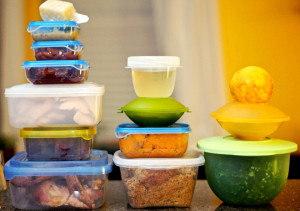I’ve listened to about all I can stand from the parents at the kid’s tuck shop and their food porn views of safety.
 I’ve said, I will help with any food safety issues, but otherwise I’m out.
I’ve said, I will help with any food safety issues, but otherwise I’m out.
It’s like coaching hockey: data is never going to convince any parent of their evangelical role, so I choose to avoid it and focus on the kids.
New Zealand has a new food act, that is apparently ruffling feathers among well-meaning parents.
So the ministry decided it had to say something.
What they didn’t say is that food safety is our first and foremost priority.
Pandering.
The Act provides a clear exemption to allow Kiwi traditions like sausage sizzles, home baking at school fairs, raffles and charity fundraisers to take place.
People selling food once a year, for example, at an annual cultural festival, are also exempt from operating under a Food Control Plan or a National Programme.
There is another exemption that applies to clubs, organisations and societies that would mean for example, members of a cricket club selling food for a match tea, would not have to operate under a Food Control Plan or a National Programme.
The Act allows a person who trades in food solely for fundraisers or to support a charity or cultural or community events to do so up to 20 times in a calendar year without the need to be registered or undergo checks, but people will need to ensure that the food is safe and suitable to eat.




 investigating.
investigating.

